Amazon to retire iconic EC2-Classic network
Customers will have until 2022 to migrate from the 15-year-old network to VPC

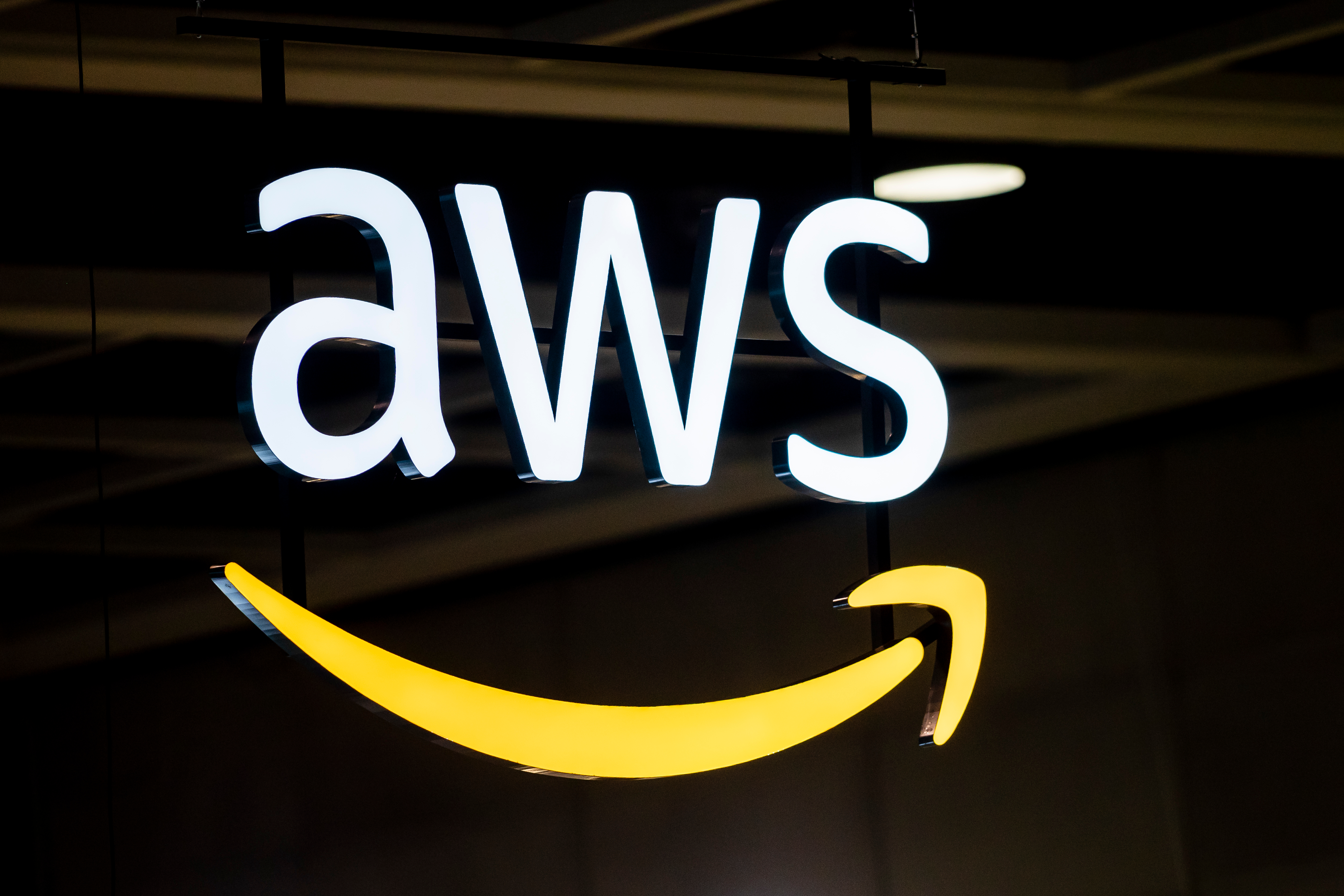
AWS has announced that it’s retiring its Elastic Compute Cloud (EC2) Classic network after 15 years in operation, with customers given until 2022 to migrate their services to its successor.
EC2-Classic, widely considered a foundational cloud computing technology, was launched in 2006 as a virtual computing environment that organisations could use to host scalable applications. These ‘instances’ provided layers of security, different hardware configurations, as well as pre-configured templates.
This technology was eclipsed with the launch of AWS' Virtual Private Cloud (VPC) platform in 2009, which serve as virtual networks of isolated EC2 instances. It was again followed by the launch of Virtual Private Clouds for Everyone in 2013.
AWS has now decided to retire EC2-Classic, giving customers two years to complete all migrations away from the older technology and towards VPC.
“EC2-Classic has served us well, but we’re going to give it a gold watch and a well-deserved sendoff,” said chief evangelist for AWS, Jeff Barr, in an in-depth blog post.
“We are not planning to disrupt any workloads and we are giving you plenty of lead time so that you can plan, test, and perform your migration. In addition to this blog post, we have tools, documentation, and people that are all designed to help.”
When is AWS retiring EC2-Classic?
AWS has begun notifying all current EC2-Classic customers through their account teams, and will soon begin issuing notices in the Personal Health Dashboard.
Sign up today and you will receive a free copy of our Future Focus 2025 report - the leading guidance on AI, cybersecurity and other IT challenges as per 700+ senior executives
From 30 October 2021, AWS will disable EC2-Classic in Regions for AWS accounts that have no active EC2-Classic resources in the Region. The firm will also stop selling one-year and three-year Reserved Instances for EC2-Classic.
Then, from 15 August 2022, AWS expects all migrations to be complete, with no remaining EC2-Classic resources present in any AWS account.
All AWS accounts created after 4 December 2013 were already VPC-only, unless EC2-Classic was enabled as a result of a support request, meaning the change is likely only to affect longstanding AWS customers.
How to migrate from EC2-Classic to VPC
Although AWS will notify customers they will need to migrate, there are several steps that businesses running EC2-Classic instances will need to take. To prepare, ahead of any migration, the firm has put together guidance available on the AWS site.
To fully migrate, customers need to find, examine, and migrate several resources. These comprise running or stopped EC2 instances, running or stopped RDS database instances, Elastic IP addresses, Classic Load Balances, Redshift clusters, Elastic Beanstalk environments, EMR clusters, AWS Data Pipelines, ElastiCache clusters, Reserved Instances, Spot Requests, and Capacity Reservations.
RELATED RESOURCE

Cloud operational excellence
Everything you need to know about optimising your cloud operations
Customers may also need to create, or recreate if deleted, the default VPC for their account. In some cases, they’ll need to be able to modify the existing resources, but in other cases, customers will need to create new and equivalent resources in VPC.
The task may seem daunting, but AWS has launched the EC2 Classic Resource Finder script so customers can find all EC2-Classic resources in their accounts. This can either be run directly in a single AWS account or can be used against all accounts within an organisation.
Customers, at this stage, can use a variety of migration tools that AWS has developed including AWS Application Migration Service, Support Automation Workflow, IP Address Migration, and Class Load Balancers.
Comprehensive support is available through Barr’s post hosted on the AWS site, including a more in-depth overview of each of these migration tools, as well as guidance for updating instance types as businesses move from EC2-Classic to VPC.

Keumars Afifi-Sabet is a writer and editor that specialises in public sector, cyber security, and cloud computing. He first joined ITPro as a staff writer in April 2018 and eventually became its Features Editor. Although a regular contributor to other tech sites in the past, these days you will find Keumars on LiveScience, where he runs its Technology section.
-
 Cohesity deepens Google Cloud alliance in data sovereignty push
Cohesity deepens Google Cloud alliance in data sovereignty pushNews The pair’s expanded collaboration will focus on new integrations for AI, cybersecurity, and data protection
-
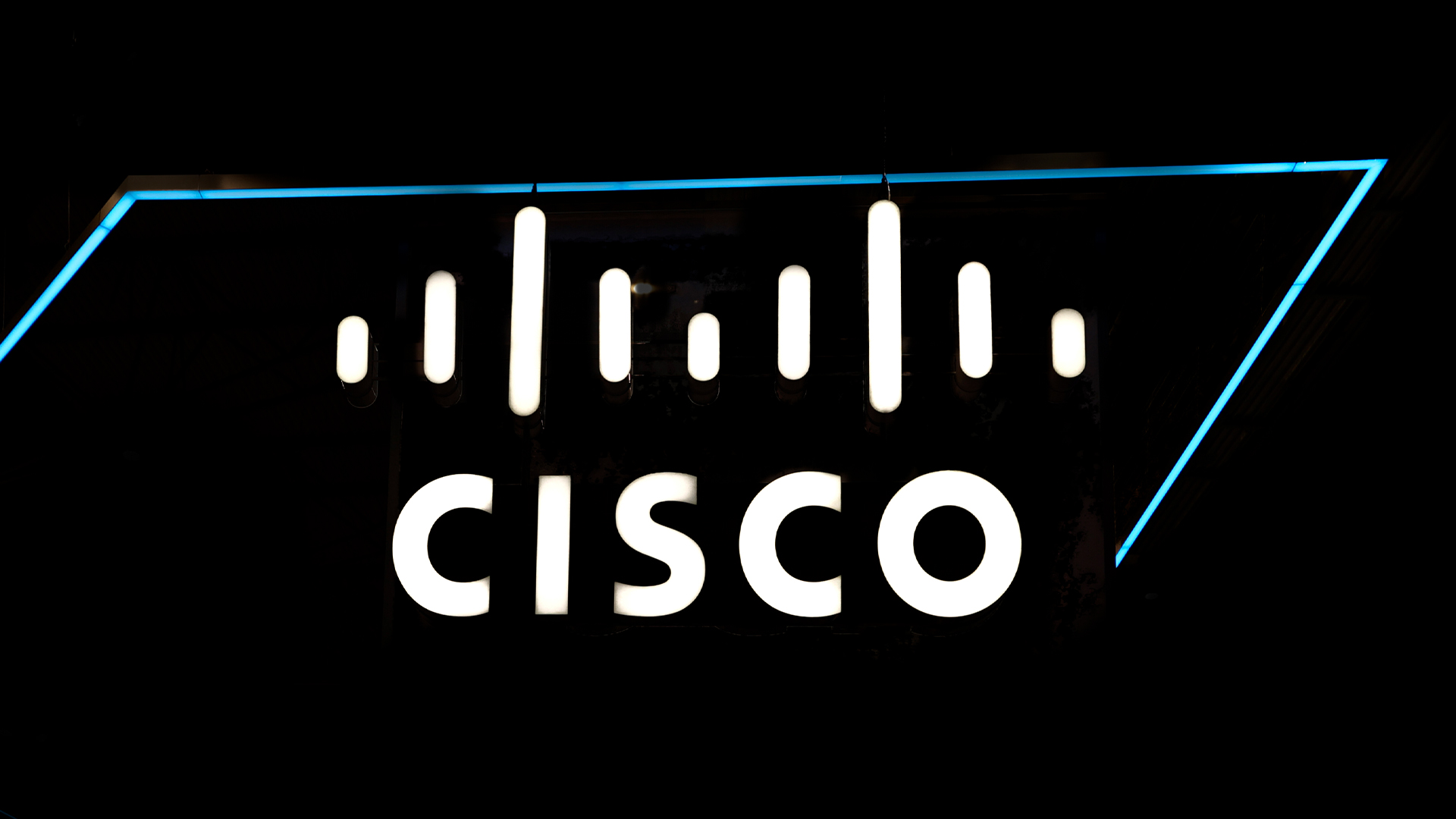 Cisco sounds alarm over AsyncOS zero-day flaw
Cisco sounds alarm over AsyncOS zero-day flawNews The zero-day vulnerability affects Cisco's Secure Email Gateway and Secure Email and Web Manager appliances – here's what we know so far.
-
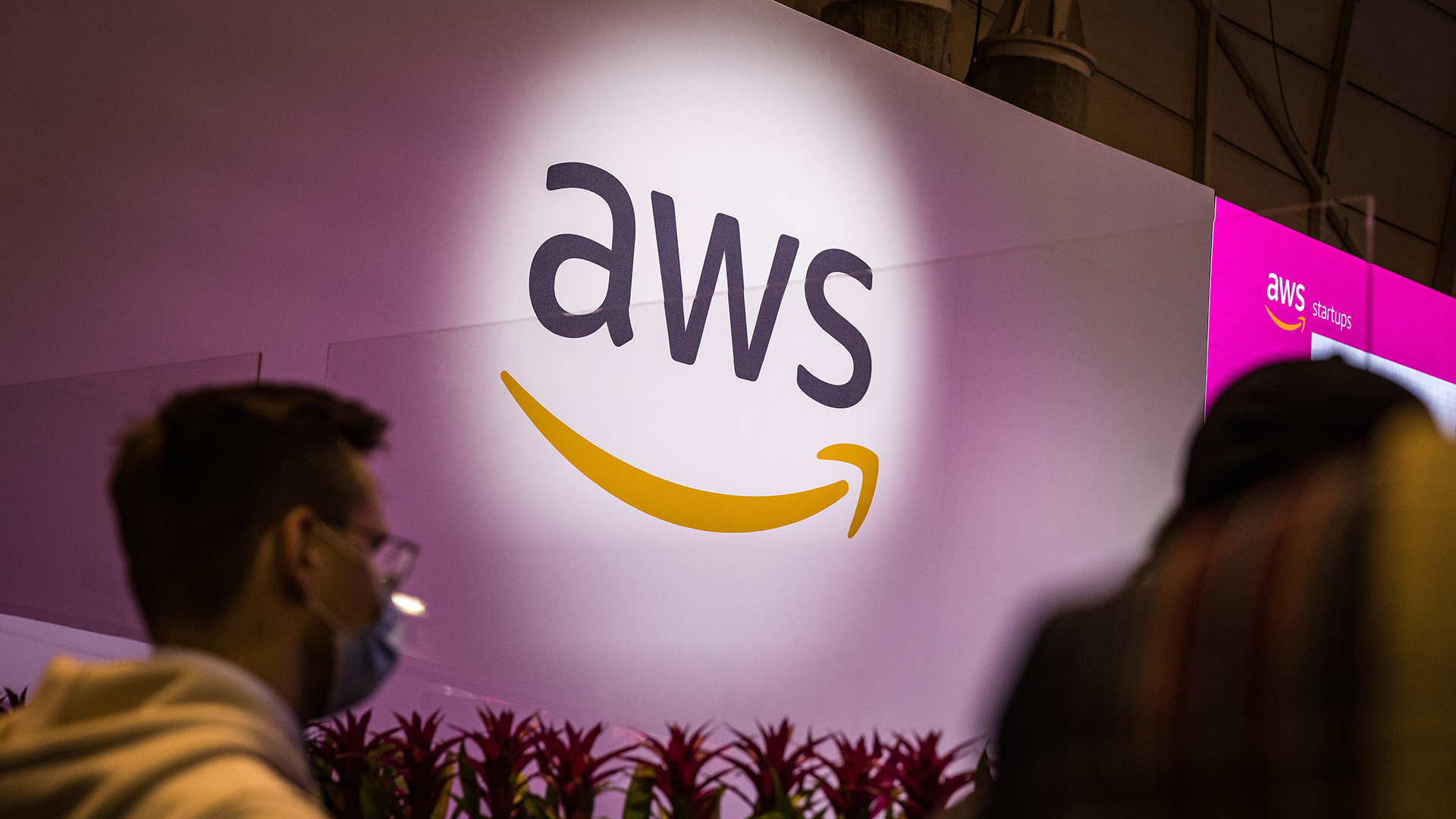 AWS opens physical sites for fast data uploads – but it could cost you up to $500 an hour
AWS opens physical sites for fast data uploads – but it could cost you up to $500 an hourNews Amazon Web Service (AWS) has launched a new Data Transfer Terminal service to allow customers to upload data to the cloud from a physical site.
-
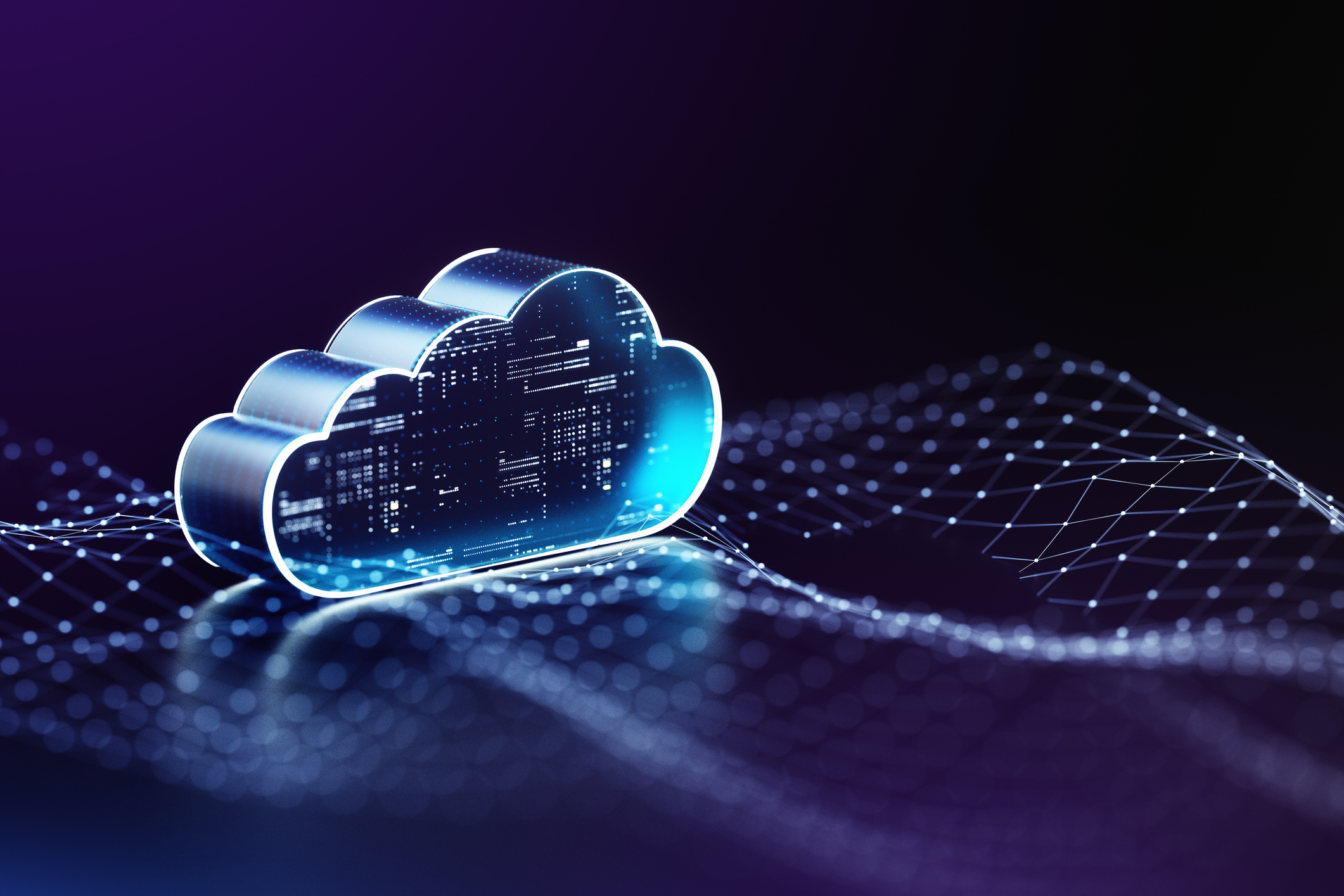 The biggest cloud security risk in 2024 will be stolen and exposed credentials
The biggest cloud security risk in 2024 will be stolen and exposed credentialsNews Locking down accounts with multifactor authentication and investigating password breaches could help keep attackers out
-
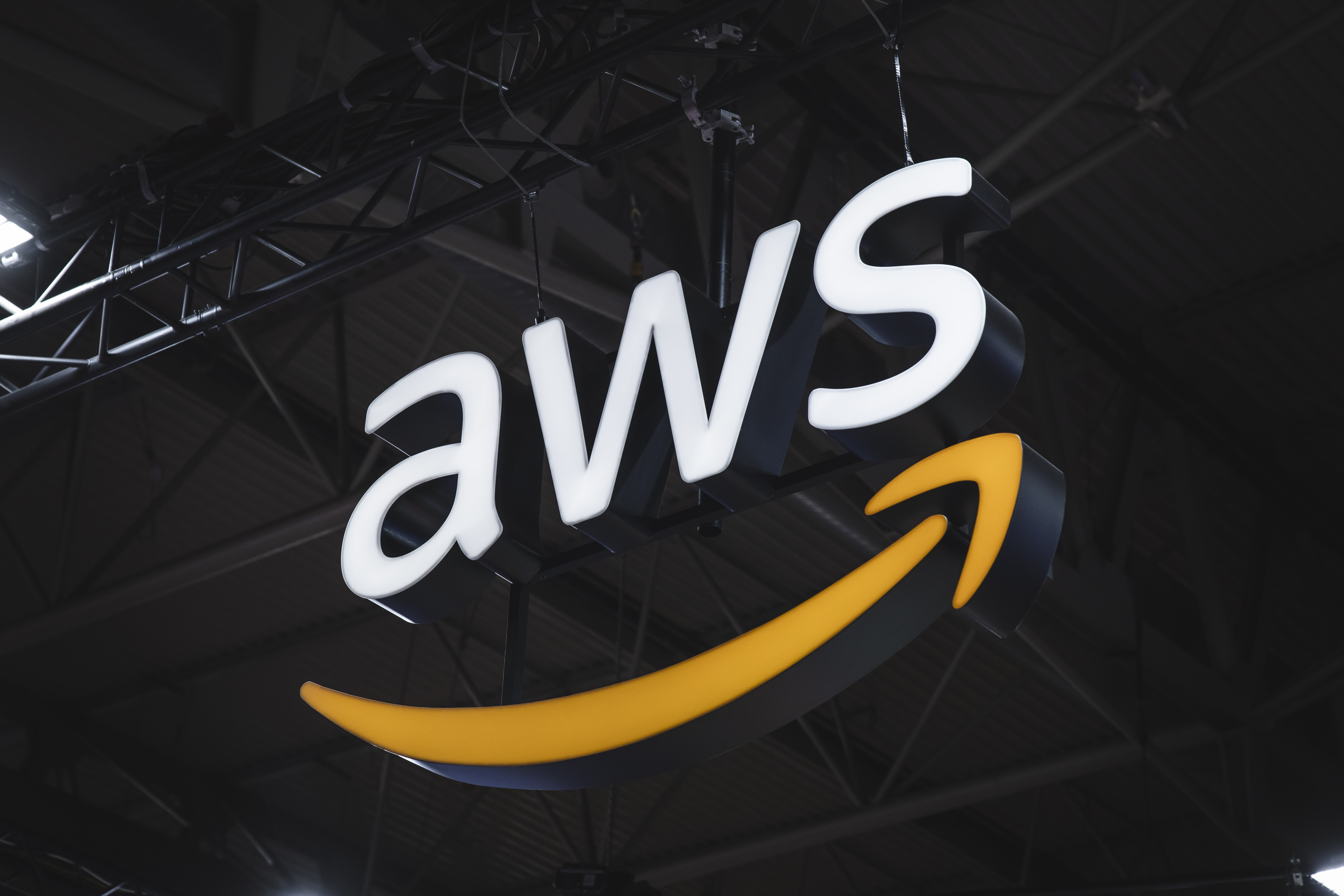 AWS' $13 billion India expansion shows why South Asia is next cloud hotspot
AWS' $13 billion India expansion shows why South Asia is next cloud hotspotAnalysis The big three hyperscalers view India as a prime market for expansion in light of recent growth
-
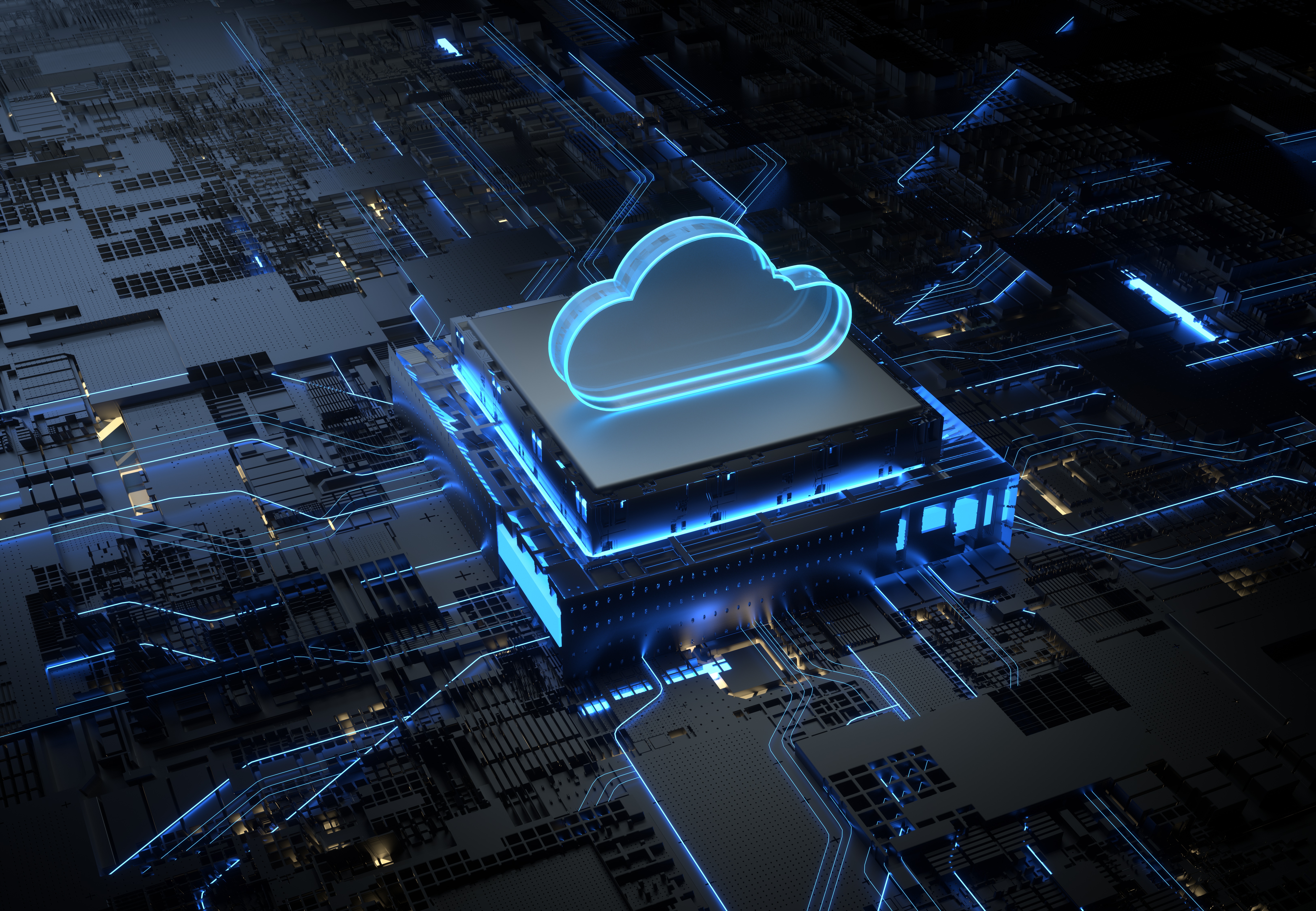 Cloud earnings show ‘slowdown’ still not out of the question
Cloud earnings show ‘slowdown’ still not out of the questionNews Earnings calls from Microsoft and Google show there’s still some gas in the tank for cloud providers
-
 What is AWS EC2?
What is AWS EC2?In-depth Released in 2006, the iconic cloud service offers developers secure and scalable computing capacity
-
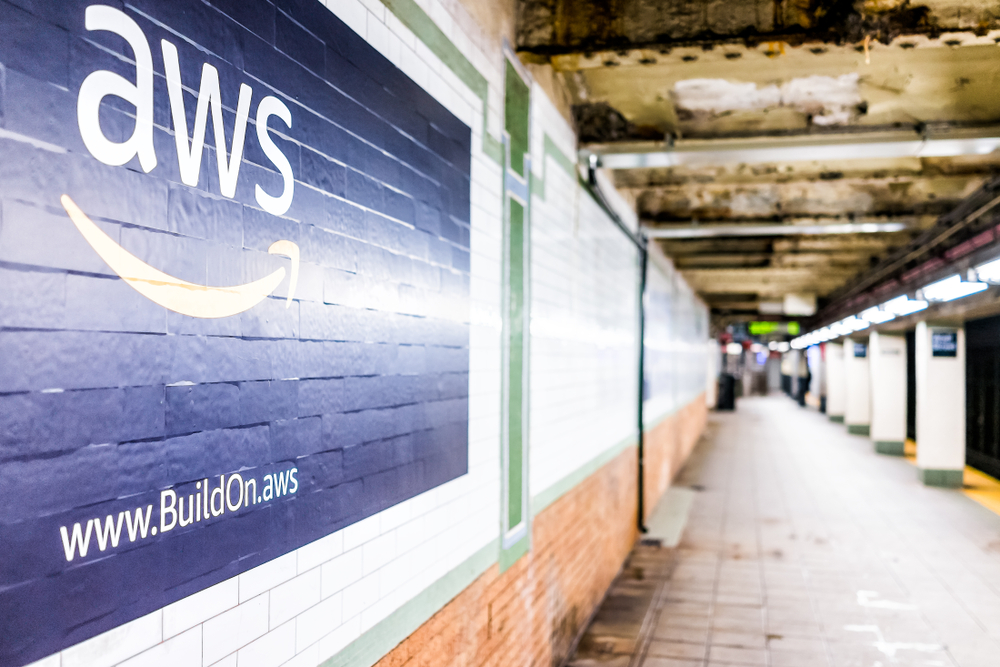 AWS launches its second Top Secret region
AWS launches its second Top Secret regionNews The new region offers multiple availability zones geographically distinct from AWS Top Secret-East
-
 AWS wins Adidas contract to host its SAP workloads
AWS wins Adidas contract to host its SAP workloadsNews The sports clothing firm says the deal will help create a more sophisticated system for managing supply and demand
-
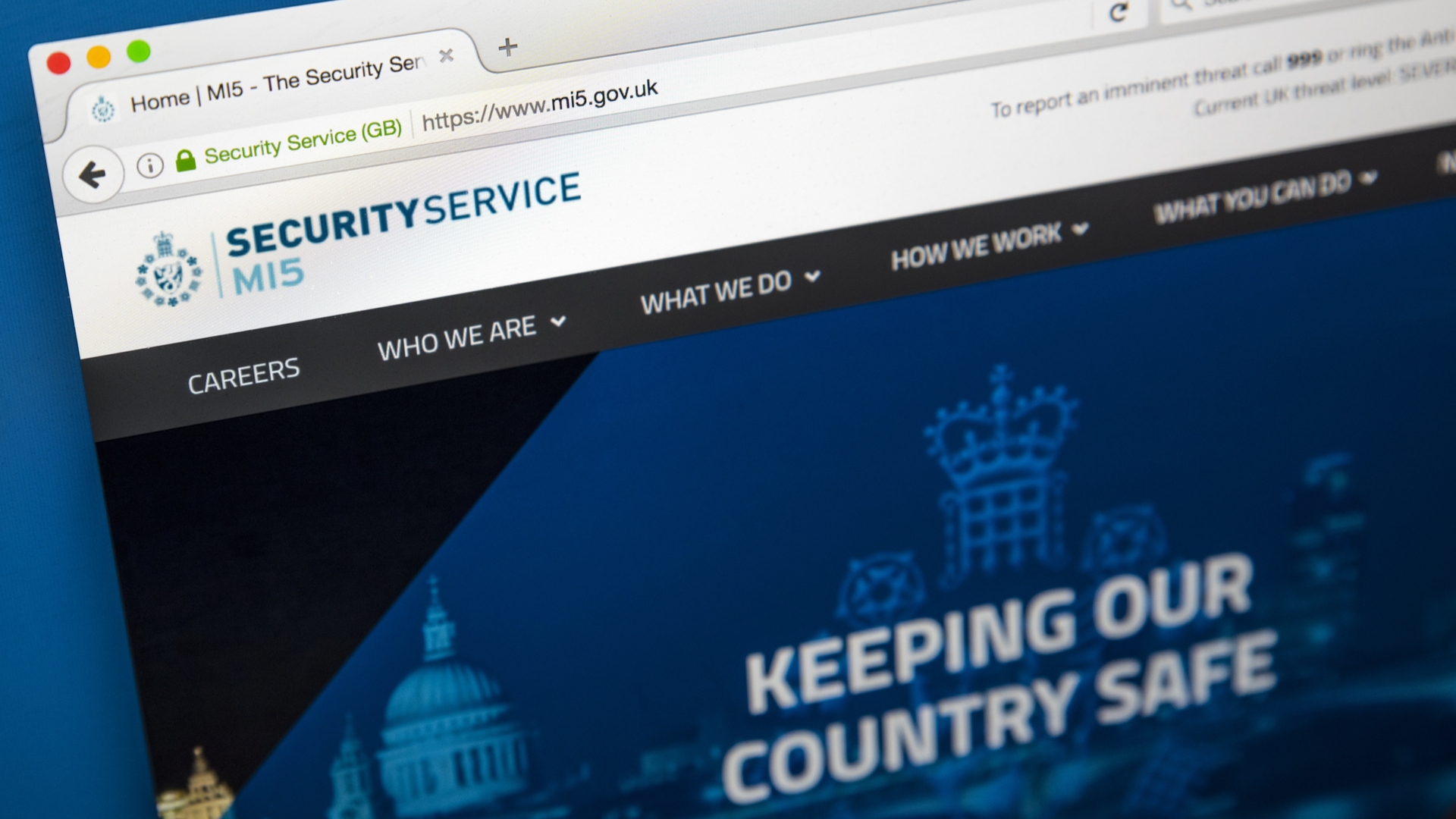 UK spy agencies supercharge espionage efforts with AWS data deal
UK spy agencies supercharge espionage efforts with AWS data dealNews GCHQ, MI6, and MI5 will reportedly benefit from AWS' data analytics and AI features in landmark cloud deal